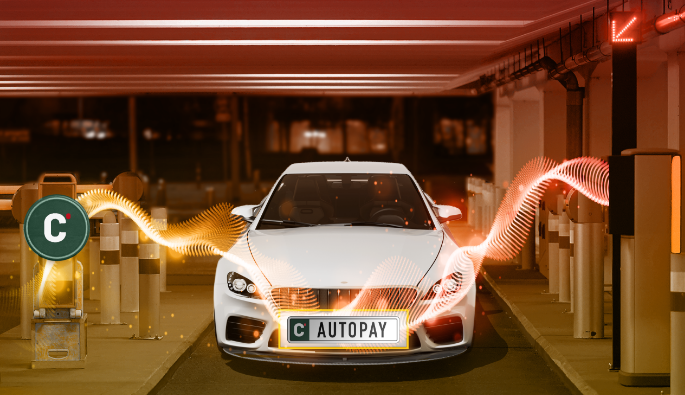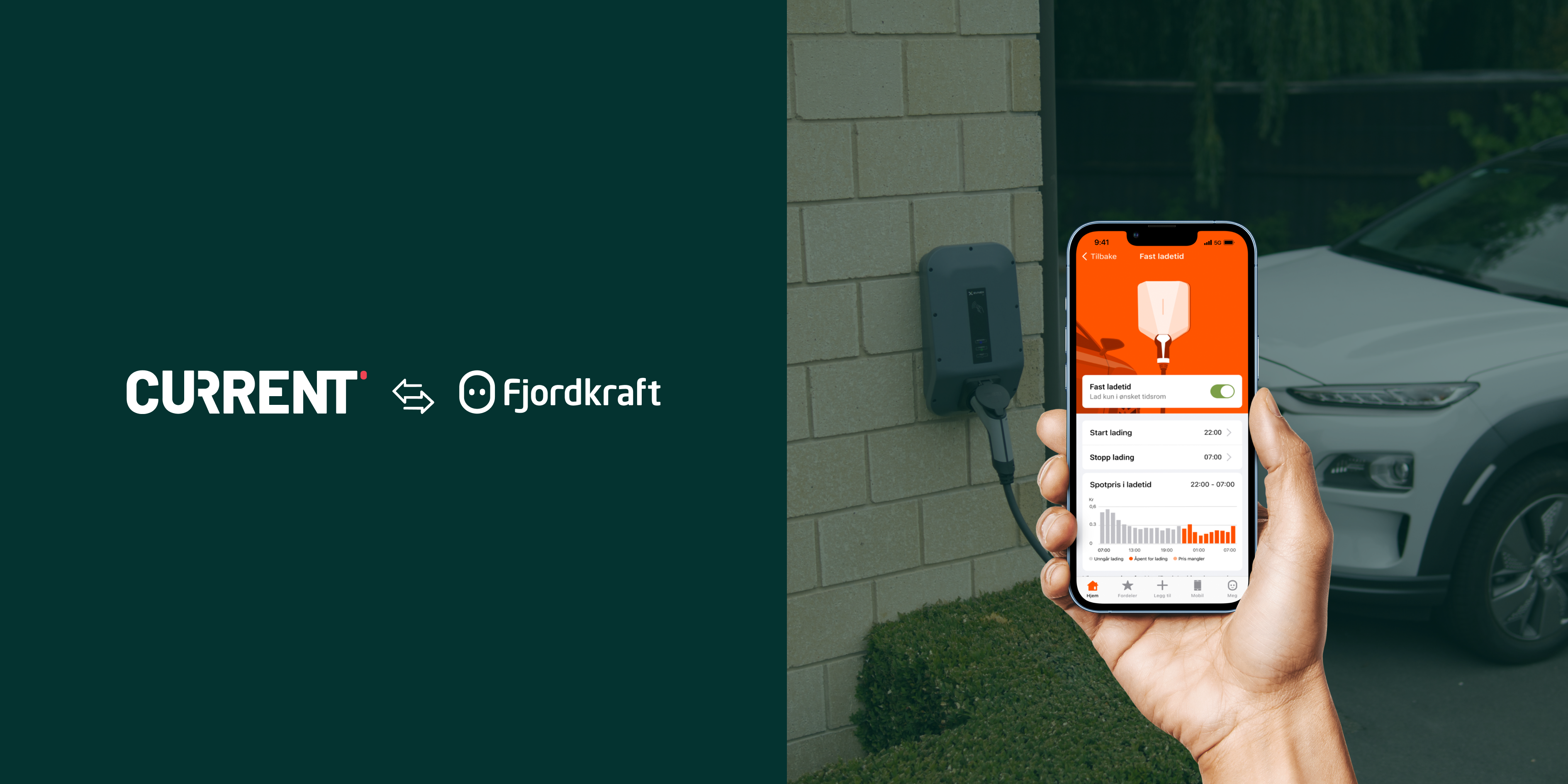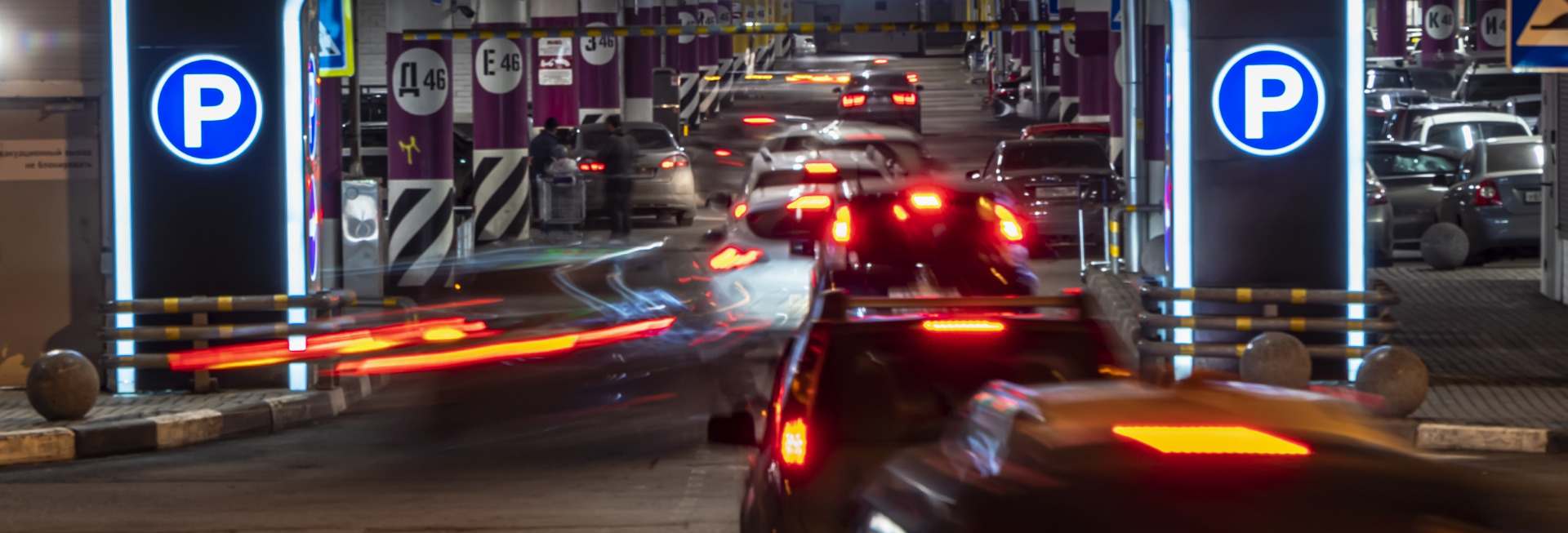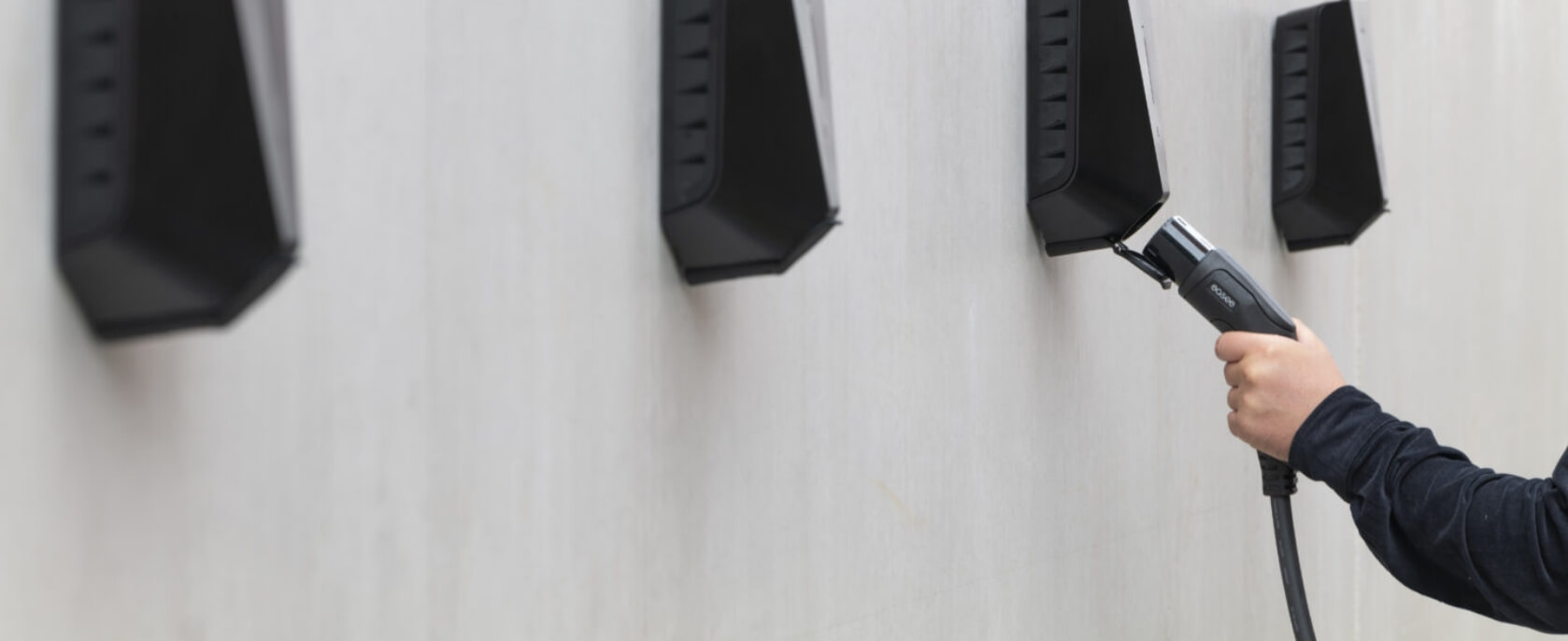%20(1).png?width=90&name=GIFTCard%20(90%20%C3%97%20120%20px)%20(1).png)
CASE STUDY:
AUTOPAY
AutoPay is a truly future-ready solution, but you can’t talk about the future of parking without taking electric vehicles (EVs) into consideration – and that’s where Current comes in. Autopay wanted to enable existing parking operators to build EV charging into their business model and cut out multiple middlemen.
That required a deep understanding of EVs, how they work, and the ins and outs of charging infrastructure. The collaboration between Autopay and CURRENT means car park operators have a full view of EVERYTHING.
ABOUT AUTOPAY
Autopay takes the headache out of parking by removing physical tickets, queues, and fines away from the parking process. It works by using cameras and automatic number plate recognition (ANPR) to read the number plates of drivers registered with Autopay. They’re then free to take their time, leave whenever they like, and pay through a variety of methods – including automatically on their way out.
This means it’s impossible to get fined with Autopay. It’s an operating system for parking, where everything is integrated within this one solution.
290
Locations
INDUSTRY
Finance
1,1 Million
Registered Users
The ev charging challenge
Autopay was always aware that EV charge points had to be considered as its platform grew. According to the European Parking Association, 14,000 new chargers are needed in Europe every week to keep up with EV demand. It’s not possible to create that many new parking spaces, so you have to utilize the ones that are already there.
“What we are doing is enabling existing parking operators to build EV charging into their business model,” says Gulbrandsen. “Up until now, parking operators have had their own contracts and have fourth or fifth parties install EV chargers.”
What Autopay wanted to do was create one concept for EV charging to cut out multiple middlemen, and that required a deep understanding of EVs, how they work, and the ins and outs of charging infrastructure. Enter: CURRENT.

“With EV charging, you need to have expertise in electricity and load balancing across systems, and the ability to report on kilowatt-hours being used. Thanks to our partnership with CURRENT, we get that knowledge, as well as their ability to proactively monitor and update firmware.”
DEEP INTEGRATION FOR CAR PARK OPERATORS
The collaboration between Autopay and CURRENT means car park operators have a full view of everything – including what the EV chargers are doing. Deep integration with the system means operators maintain their familiar parking dashboard, but information from the charging system is added to that, including which chargers are being used most and the kilowatt-hour usage for each.
“The basic idea of our cooperation with CURRENT is that they’re doing the bit closest to the EV chargers and their integration, both on the technical side and when it comes to first-line customer support,” Gulbrandsen explains.
One platform to handle everything:
Thanks to Current, EV Charging is integrated directly into the Autopay platform. Monitoring, payments, and statistics are all part of the interface allowing for easy management of both parking and charging in the same solution. Customers only need to use one payment platform and parking operators can manage everything in one place.
- Frictionless for customers. One payment solution for both parking and charging.
- Advanced technology with a reliable & robust platform.
- A wide range of services includes: monitoring, firmware updates, and first-level customer support.

ELIMINATING FEAR THROUGH COLLABORATION
This partnership with CURRENT has brought a whole new dimension to Autopay’s services. As a business that deals directly with parking operators, the business knows that, despite the fact that Norway is more used to and accepting of EVs than many other countries, these operators are often worried about what it means to deal with EV chargers and their technology. Working with CURRENT means eliminating that fear for them.
“Adopting Autopay’s free-flowing system is sometimes scary enough for them,” explains Gulbrandsen, “but we’re a tech company with 300 large installations in Europe that’s partnered with a well-known EV expert in CURRENT, taking away the pain of trying to find multiple business partners for these operators. Operators now have the opportunity to approach property owners and say, ‘we can offer the option of EV chargers at your facility, and we will arrange everything.' This offers peace of mind that they can implement and operate it all in a straightforward way.”
Autopay and CURRENT are putting their collaboration into practice at Oslo Airport, where they operate more than half the charging facility and are offering three different EV charging concepts for end-users to choose from.
Some people want the premium spaces for short trips, some are happy to pay a higher rate for a few days that then drops down, and some go for the fixed price spots,” Gulbrandsen explains. “Whatever they choose, the operator makes good business and the prices are reasonable for the user.”
Another benefit Autopay has seen that specifically relates to the collaboration with CURRENT is that it’s receiving a lot of attention from operators who want to implement EV charging in their car parks but don’t know where to start. “Everyone is interested in EVs right now,” says Gulbrandsen. “You need to be able to offer chargers in your parking solutions and this is something they can get from CURRENT through our system.
"Integrating CURRENT with Autopay has been pretty easy. They have a really solid, professional technical platform, with a great programming language."
"Importantly, integrating CURRENT with Autopay has been pretty easy. They have a really solid, professional technical platform, with a great programming language. Even my picky tech guys think it’s good! What we’ve done is take two companies running quite successful businesses – two great solutions – and made them even better together,” Gulbrandsen concludes.
“That’s often not the case, but this really works and I think it all comes down to knowledge and expertise.” Unlocking a seamless way for parking operators to integrate EV charging and introduce a new revenue stream – without having to move away from the Autopay dashboard they’re used to – is a true best-case scenario for this perfect business partnership.



